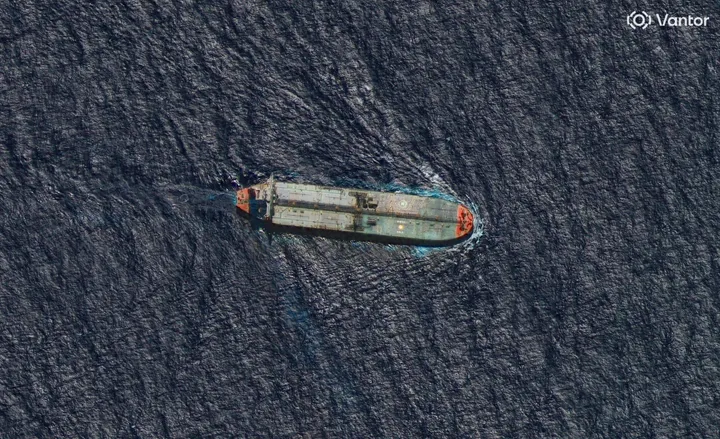Director General of the World Health Organization (WHO) Tedros Adhanom Ghebreyesus declared on Wednesday that the global coronavirus crisis is now a pandemic.
But what does that mean?
Pandemics are different from epidemics. The former is confined to a certain community, while the latter is defined as the global spread of a new disease driven by new influenza strains that “are able to infect people easily and spread from person to person in an efficient and sustained way”.
According to the WHO: “Describing the situation as a pandemic does not change WHO’s assessment of the threat posed by this virus.”
Ghebreyesus also said: “it doesn’t change what WHO is doing, and it doesn’t change what countries should do.”
The term pandemic should not be used carelessly unless the world is truly threatened by it. If misused, the word carries enough weight to trigger panic, unsettle markets and throw the entire global economy into disarray.
In 2009, H1N1’s declaration as a pandemic sparked exaggerated panic and caused government overspending on antiviral medications.
Branding a disease a pandemic does not just rely on numbers of deaths, infections and countries affected. There is no such threshold for declaration of pandemic.
To illustrate, SARS coronavirus, whose fatality was more than Covid-19, was not recognised as a pandemic despite spreading to 26 countries between 2002-2004. But, coronavirus exceeds SARS in the total number of deaths.
Moreover, a disease should be infectious to be considered pandemic, such as HIV/AIDS and coronavirus. For example, cancer is responsible for millions of deaths every year all around the world, however, it is not a pandemic because it is a non-contagious disease.
Throughout history, there have been many pandemic diseases which have devastated humanity. The most infamous one was the Black Death, between 1347 and 1351, also known as the Pestilence, which killed about 25 million people just in Europe. After the Black Death the population of Western Europe did not reach its pre-1348 level until the start of the 16th Century.
The WHO has asked all countries to consider following factors:
Activate and scale-up emergency response mechanisms
Communicate with people about the risks and how they can protect themselves
Find, isolate, test and treat every Covid-19 case and trace every contact
"We cannot say this loudly enough or clearly enough or often enough - all countries can change the course of this pandemic," said Ghebreyesus.
























